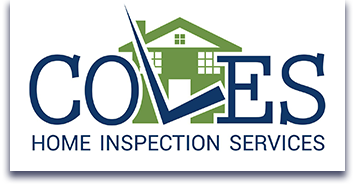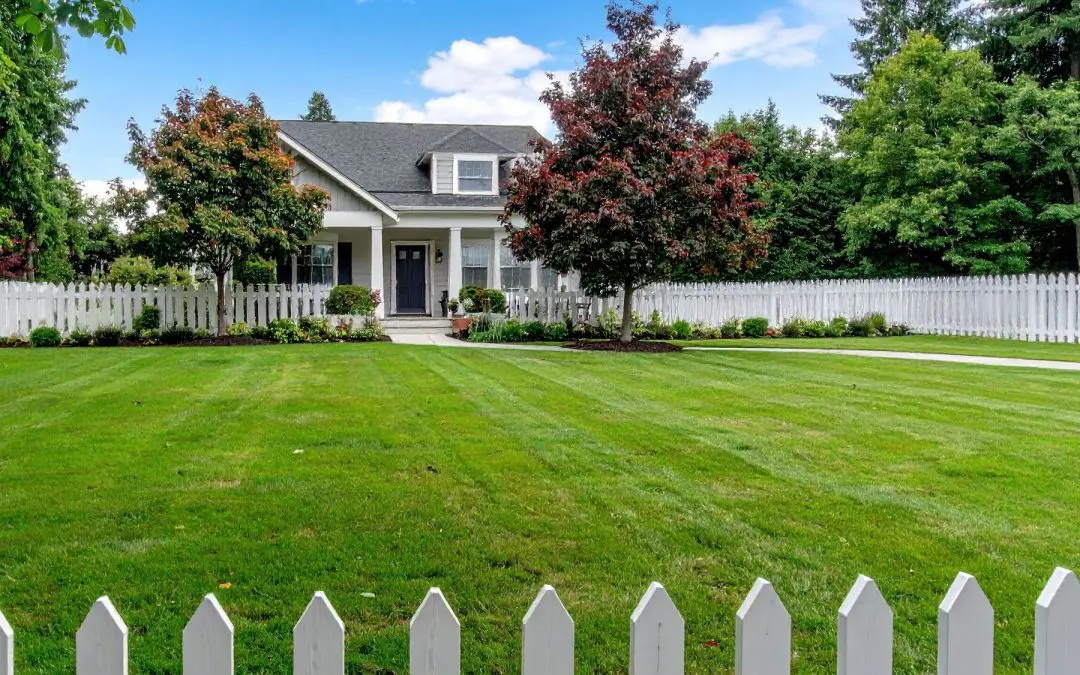A mature, healthy tree is one of the most valuable assets to any property. It provides shade, boosts curb appeal, and even contributes to cleaner air. But just like any other part of your home, your trees need regular attention to thrive. For homeowners, understanding the basics of tree maintenance is the first step toward a beautiful, safe, and sustainable landscape.
Essential Practices for Tree Maintenance
Maintaining a healthy tree doesn’t require a degree in arboriculture, but it does require a consistent, watchful eye. The foundation of good tree health rests on three pillars: proper watering, effective mulching, and vigilant monitoring for pests and diseases.
The Importance of Proper Watering
One of the most common mistakes homeowners make is improper watering. While newly planted trees need regular, deep watering to establish their roots, even mature trees can suffer during periods of drought. The key is to water deeply and infrequently, encouraging the roots to grow down into the soil rather than spread shallowly. A deep soak once a week during dry spells is far better than a light sprinkle daily. When watering, direct the water to the “drip line”—the area beneath the outermost circumference of the tree’s branches—where the active feeder roots are located, rather than right at the trunk.
Mulching: The Tree’s Best Friend
Mulch is more than just a decorative element; it’s a critical component of tree care. A 2 to 4-inch layer of organic mulch, such as wood chips or shredded bark, spread in a broad, flat donut shape around the base of the tree provides numerous benefits. It conserves soil moisture, moderates soil temperature, and suppresses competing weeds. Critically, remember the “donut, not a volcano” rule: keep the mulch several inches away from the trunk itself. Piling mulch directly against the trunk, often called “volcano mulching,” traps moisture and encourages rot and pest infestation, which can kill a tree.
Recognizing and Addressing Tree Stress
Trees are resilient, but they are also vulnerable to various stressors. Homeowners should regularly inspect their trees for signs of trouble. Look for unusual leaf discoloration, premature leaf drop, wilting, or signs of insect activity like boreholes or sticky residue. Identifying a problem early is crucial. Often, an issue can be corrected with simple measures like improved watering or minor pest control. If you notice significant dieback in the crown, large cankers on the trunk, or an abundance of sawdust, it is time to call a certified arborist for a professional diagnosis.
Pruning: When and How to Cut
Pruning is arguably the most intimidating aspect of tree maintenance for many homeowners. Proper pruning is essential for maintaining a tree’s structure, safety, and aesthetic appeal. Incorrect cuts, however, can cause lasting damage.
The Why and When of Pruning
Pruning is primarily done to remove dead, diseased, or damaged branches, which prevents decay and minimizes the risk of falling limbs. It also helps to improve the tree’s form, increase light penetration, and promote better air circulation within the canopy. The best time for routine structural pruning on most deciduous trees is late winter or early spring before the leaves emerge, as the tree’s structure is most visible and the healing process is quick once growth begins. Flowering trees, however, often need to be pruned immediately after they finish blooming.
Safety and the Limits of DIY Pruning
Homeowners can safely handle small cuts on lower branches, but any job that requires a ladder, a chainsaw, or the removal of large limbs should be delegated to a professional arborist. Working with large branches is inherently dangerous and, if done incorrectly, can severely damage the tree or, worse, cause serious injury or property damage. A certified arborist possesses the training, equipment, and insurance to perform these high-risk tasks safely and effectively, ensuring the proper cuts are made just outside the branch collar to promote optimal healing.
Tree Maintenance: Frequently Asked Questions
How do I know if my tree needs professional help?
You should consult an arborist if you notice significant branch death (more than 25% of the crown), large cracks or holes in the trunk, mushrooms growing at the base, or if a tree is leaning heavily toward your home or a main utility line.
Can I fertilize my tree?
Mature trees in healthy landscapes usually do not require routine fertilization. Fertilizing should only be done after a soil test or diagnosis from an arborist indicates a specific nutrient deficiency. Applying fertilizer unnecessarily can actually harm a tree.
What is a “Certified Arborist”?
A Certified Arborist is an individual who has achieved a high level of knowledge and experience in the field of tree care, has passed a comprehensive examination, and is certified by the International Society of Arboriculture (ISA). They are the experts for tree diagnosis and high-level maintenance.
Cole’s Inspection Services provides inspections to homebuyers and sellers in Statesville, NC, and the surrounding area. Contact us to schedule our services.

